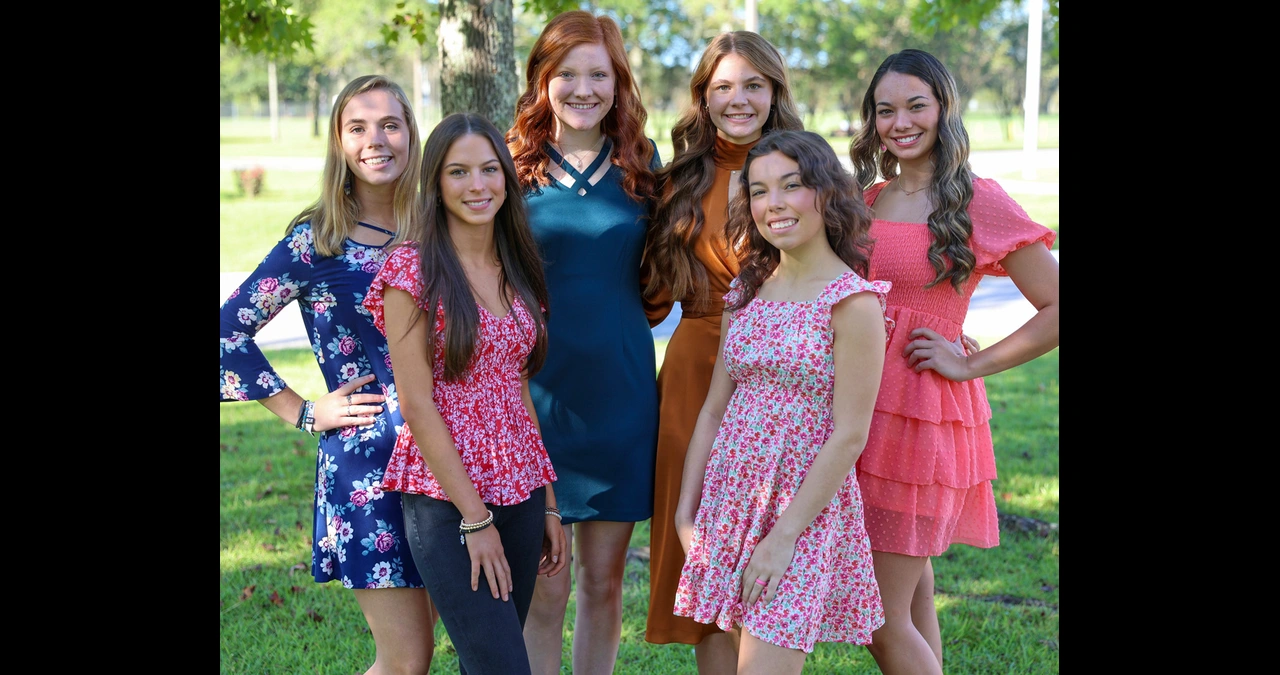Table of Contents
ToggleIntroduction to Homecoming
Homecoming is a beloved tradition that sweeps across high schools and colleges every fall. It’s a time when students come together to celebrate school spirit, reconnect with friends, and participate in various activities. But what grade levels are involved in this exciting event? As many students gear up for the festivities, understanding who participates can shed light on the importance of its throughout different stages of education. Whether you’re a freshman eager to experience it for the first time or an upperclassman looking forward to familiar traditions, It offers unique opportunities for everyone. Let’s dive into the rich history of this cherished event and explore which grades take part in making these memories unforgettable!
History of Home coming and Its Evolution
it originated in the early 20th century as a way for alumni to return to their colleges and universities. The concept gained popularity in the United States during the 1920s.
Initially focused on football games, it became a broader celebration of school spirit and community. Parades, dances, and various festivities became integral parts of the event.
As high schools began adopting this tradition, its transformed further. Each institution customized the celebrations to reflect its unique culture and values.
Today’s home coming includes royalty elections where students vote for king and queen. It often features themed events that engage both current students and alumni alike.
This evolution showcases how it is not just a nostalgic nod to traditions but also an opportunity for building connections across generations within schools.
Which Grade Levels Participate in Homecoming?
Its is a beloved tradition typically involving high school students, but its reach can extend beyond those walls. Generally, it primarily engages grades 9 through 12. First-year students often participate in the excitement by attending events and supporting upper-level students.
its Sophomores contribute by participating in various activities and cheerleading for their peers. Juniors usually play a significant role as they prepare to become seniors, embracing the spirit of competition and camaraderie.

Seniors Homecoming are at the heart of its festivities. They enjoy numerous privileges, like leading parades and being voted into court positions. While younger students participate, the upper-level students genuinely feel this cherished event’s total weight.
In Homecoming some schools, middle schoolers might participate in certain celebrations or community events associated with its week. This inclusion helps cultivate a sense of belonging before reaching high school.
Preparations for Homecoming: Activities and Events
its season is buzzing with excitement. Students eagerly dive into planning activities that spark school spirit and camaraderie.
The week often kicks off with themed dress days. its Each day presents a new opportunity for students to showcase their creativity while bonding over shared experiences.
Parades Homecoming are another highlight, showcasing floats designed by various clubs and teams. These colorful displays bring the community together in celebration, generating anticipation for the big game ahead.
Pep rallies fill the halls with its energy, uniting everyone through chants and cheers. They serve as a platform to recognize athletes and build enthusiasm around upcoming events.
Dances wrap up the festivities. Whether formal or casual, Homecoming these gatherings allow students to celebrate friendships in a fun atmosphere of music and laughter. From decorations to playlists, every detail plays its part in making homecoming memorable for all involved.
The Importance of Homecoming for Different Grade Levels
Homecoming holds unique significance for various grade levels, creating memorable experiences that resonate differently as students progress through their school years.
For Homecoming first-year students, homecoming represents a rite of passage. It’s often the first major event where they can connect with peers and feel part of the school community. The excitement can be overwhelming yet exhilarating.
Sophomores start to find their footing within the social landscape. They begin to embrace tradition while enjoying newfound Homecoming confidence in participating in events and activities.
Juniors Homecoming experience homecoming with nostalgia and anticipation for what’s ahead—especially senior year. They take on leadership roles, enhancing their connection to the event’s planning and execution.
Seniors view homecoming as a bittersweet farewell—a culmination of all their Homecoming high school memories wrapped into one night. Each grade level adds its layer to this cherished tradition, making it essential for building camaraderie across classes.
Challenges Faced by Each Grade Level During Homecoming
Homecoming can be a whirlwind of excitement, but not without its challenges. First-year students often feel the pressure to fit in. They navigate new social dynamics and may struggle with shyness.
Sophomores might face a different dilemma. Balancing academics with the demands of Homecoming preparations can lead to stress. Their desire to participate fully often clashes with homework deadlines.
Juniors are caught in a unique position as they juggle planning for future college applications alongside festivities. The weight of expectations increases significantly during this year.
Seniors experience heightened emotions as it marks their last chance for certain traditions. Navigating nostalgia while making memories can feel overwhelming at times.
Each grade level encounters distinct hurdles that shape their Homecoming experience, adding depth to this cherished tradition.
Conclusion: Embracing the Tradition of Homecoming at Every Grade Level
It is more than just a school event; it’s a cherished tradition that brings together students from various grade levels. Each year, from the excitement of the parade to the anticipation of the dance, offers unique experiences and memories.
Every grade level plays a vital role in making It memorable. First-year students may feel nervous yet excited about participating for the first time, while sophomores embrace their growing familiarity with the festivities. Juniors often take on leadership roles as they prepare for their prom-like experience, and seniors relish their final chance to celebrate this beloved occasion.
While It challenges arise at every stage—whether coordinating events or managing expectations—the impact of homecoming remains significant; it fosters school spirit, strengthens friendships, and creates lasting bonds among classmates.
Embracing It means recognizing its value across all grades. Each participant contributes something unique to this vibrant celebration. By understanding what grade levels participate in homecoming, we can appreciate how this tradition unites us all—making it an essential part of student life that resonates through years beyond graduation.
FAQS
What is American homecoming?
American homecoming is a cultural tradition that has been celebrated in the United States for decades. It is typically an annual event held by high schools or colleges and involves welcoming back alumni and current students to celebrate school spirit and community.
This celebration often includes events such as parades, football games, dances, and other social activities. It is a time for reflection on past memories and creating new ones while honoring the traditions of one’s school. So whether you’re a student, alumna/alumnus, or part of the community, American homecoming is a time to come together and celebrate the pride of being part of an educational institution.
What is the meaning of the word homecoming?
It is a word that holds a special meaning for many people. It often refers to the act of returning to one’s hometown or place of origin, whether it be after being away for an extended period of time or simply for a visit.
This term can also be used in the context of schools and universities, where homecoming events are held to celebrate alumni and welcome them back to their alma mater. Overall, homecoming is a nostalgic term that evokes feelings of familiarity, warmth, and belonging to a specific place or community.















